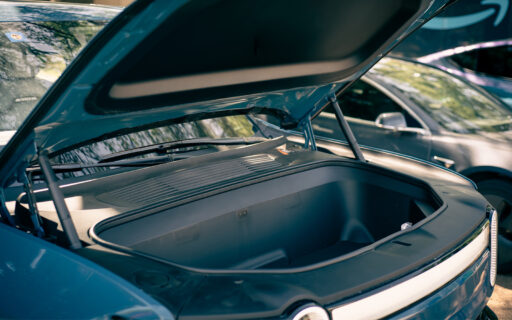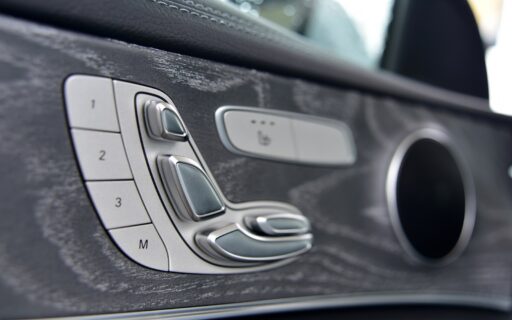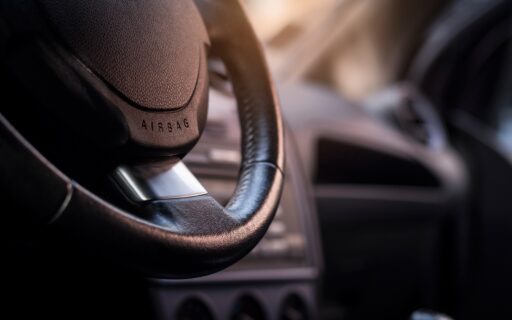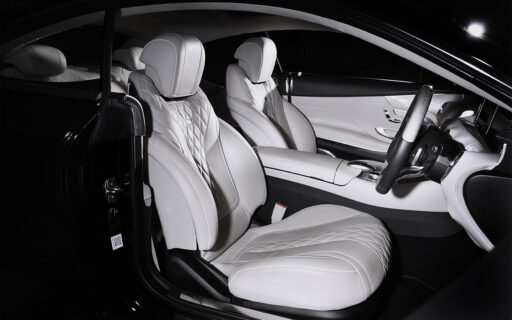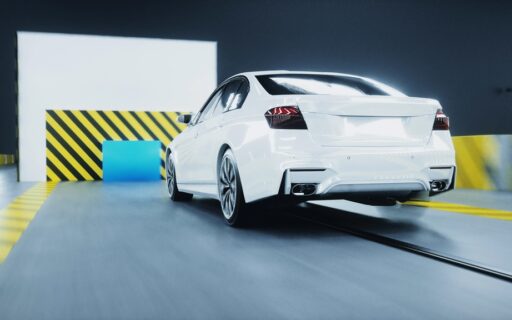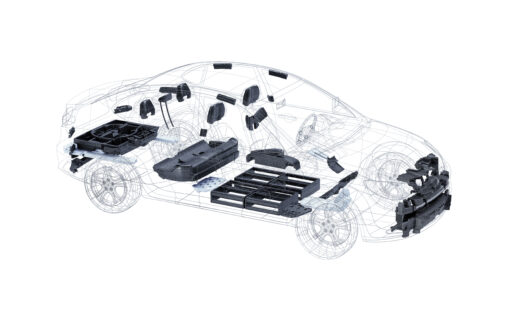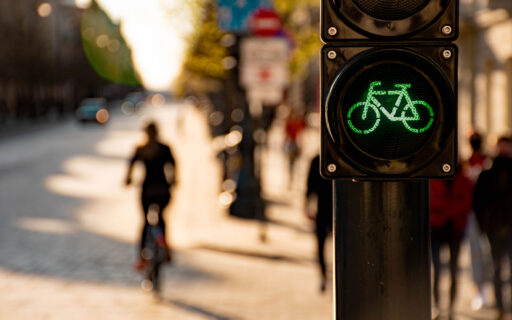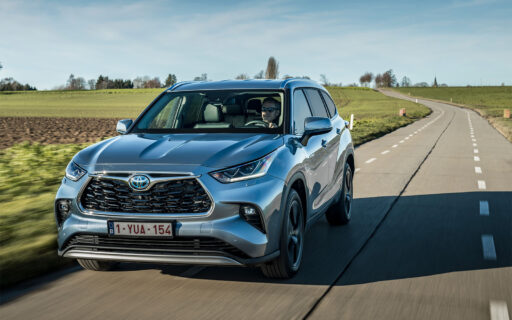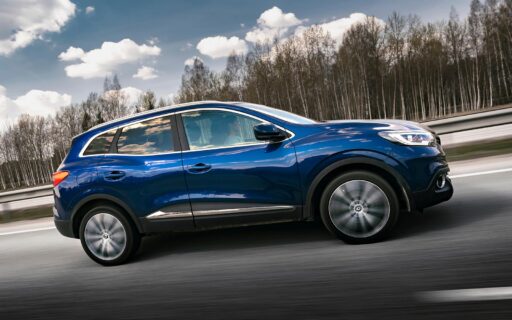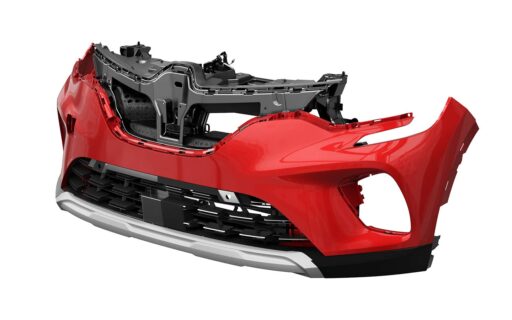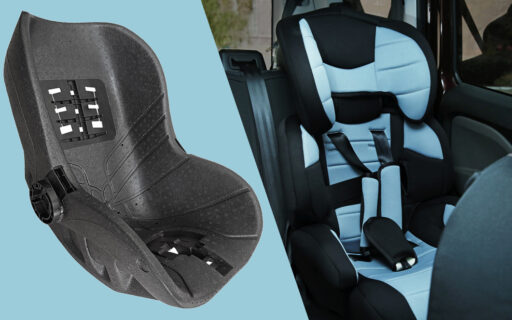Knauf Automotive
Vehicle safety
Safety systems in cars - standards and solutions
The automotive industry is introducing newer and smarter car safety systems every year. The ever-expanding range of electronic solutions is designed to support drivers in demanding road conditions and to increase the level of life protection for passengers and pedestrians. This is a worldwide trend, but it is worth remembering that the most important element in ensuring vehicle safety is the well thought-out design and passive systems in the car.
Latest articles
Year by year the automotive industry has implemented more and more modern and intelligent car safety systems. Over and over developing range of electronic solutions is to support drivers in demanding road conditions and increase the level of passenger and pedestrian life and health protection. It is a global trend, however, it is worth to remember that the most important element to guarantee the safety is a deliberate construction and passive systems in a car.
Intelligent, active and passive car safety systems
Since 5 January 2020 new regulations are in force in the area of the European Union, which aim at implementation in construction of cars a larger number of systems that serve protection of lives of the car users. According to them all cars produced and imported from 2022 will have to feature such functions as e.g. suggested speed limit, detection of pedestrians and cyclists, autonomous braking before an obstacle, emergency lane keeping, driver focus monitoring or even facilitation of breathalyzer installation. Moreover, similar to airplanes, cars will be equipped with a “black box”, which is to record information on accidents and collisions. Considering the length of the list of the requested solutions, the European Parliament has put the seal on the direction of development of the automotive branch with the emphasis on safety.
Safety systems in cars
We have got used to the fact that safe cars should feature active systems such as the ABS, EBD, as well as the ASR and ESP systems. However, for a few years there have appeared even more advanced cars systems, which inform drivers of the particular situation on the road in advance and assist driver’s actions in a moment of the maneuver. Today we have at our disposal cameras, which can read traffic signs and speed limits. In addition, the camera systems are provided with the “night view” function, thanks to which they assist a driver when driving at night. Elaborate car state control systems are connected with a service station, which can detect a fault in the online mode. Thanks to the function “live traffic information” the cars provided with navigation systems chose the optimal way and avoid road sections, on which accidents have occurred. The listed IT solutions, as well as those introduced by the new European Union directive, were offered by manufacturers at a premium, but from 2022 onwards, the safety systems in cars listed therein will become standard.
Impact of car safety systems on smooth driving
You can suppose that the most modern electronic systems in cars will substantially impact the improvement of safety on roads. On the other hand they have been relatively short in the market and still there is much information from the users concerning their erroneous operation. For the time being the systems functioning in cars suggest a driver certain decisions or assist effectiveness of driver’s actions in a moment of the performed maneuver, e.g. ensure larger braking force in case of a rapid approaching an obstacle. Even though they are more and more intelligent and precise they still do not guarantee 100% of protection. Considering the direction marked by the European Union and growing awareness of the users you can assume that the cars manufactured in the nearest years will feature more and more advanced systems of life and health protection, not only in the area of electronic solutions but also in the field of passive systems.
Passive safety systems in cars
Using our car every day we may not even be aware of presence of passive safety systems, however, they are more and more deliberate and made from new materials. They are durable construction elements, which effectively protect life of passengers in case of a collision. Special tested solutions that are intended to absorb the momentum of the impact are used in their production. Nowadays each modern car features controlled crumple zones in its construction, which are deformed in a relevant way when they take over the energy, preventing personal injuries of the people in the car. Crash tests help in their development, as they allow to check how the car and passenger will behave during the crash. Necessary changes of construction and materials are made on the basis of their results. The next construction assumption is implementation in car construction process of parts, which during a collision reduce the risk of passenger and pedestrian additional personal injuries. Now much attention is especially devoted to designing of bumpers and headrests.
Vehicle bumpers – the first line of protection
The statistics demonstrate that most of the road collisions are with participation of pedestrians and in these events a great role from the point of view of safety play, among other things, well designed car bumpers. The front end carrier of a car should be constructed in the way so as to absorb an impact at the maximum and not to fall into pieces in the course of it. It is to be constructed of durable, yet relevantly resistant to deformations components. In this area the manufacturers have recognized the properties of expanded polypropylene EPP as a material to fill up front bumpers. It is light, easily formed leaving the freedom in designing of different shapes and it absorbs impacts very well at the same time. Subject to mechanical loads it does not fall into pieces and in 100% returns to its original shape.
Car headrests, door panels, floor elements
The expanded polypropylene EPP is also used to produce filling of car seat headrests where it successfully substitutes plastic cores, which have been used up till now. Its lightweight and soft construction absorbs very well impact energy protecting head and cervical spine section, providing at the same time high comfort of use. More and more frequently it is also used for production of door panels, the objective of which, among other things, is to reduce the impact force during side collisions. Another car parts, in which modern molded parts from extended polypropylene are successfully used, are footrests located on the floor of a car where the feet of the driver and passengers rest. They are mostly responsible for user’s comfort, but they also partially protect passengers’ legs. Considering the fact that expanded polypropylene molded parts are easily and economically formed, they will most probably find wider application both inside as well as outside of vehicles.

